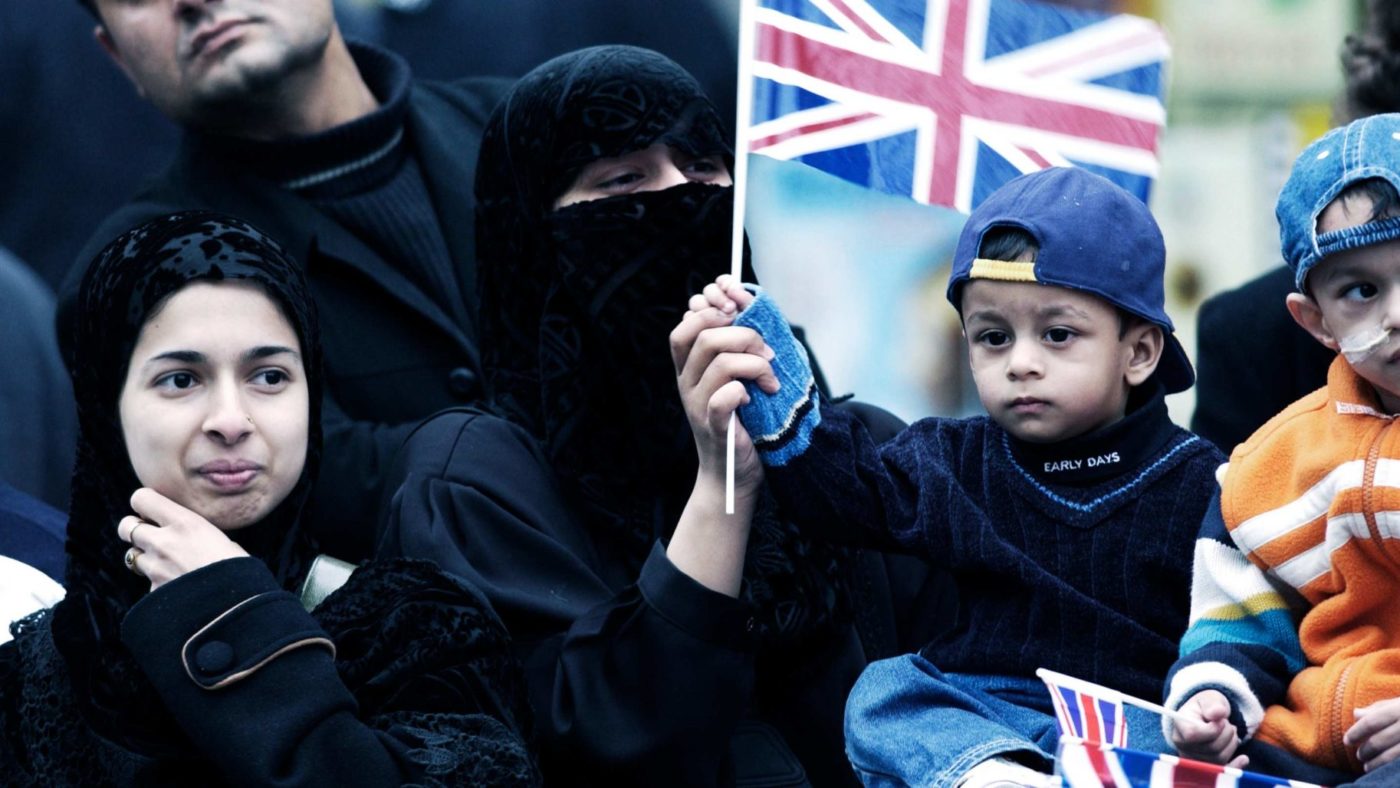The recent tragic events in the United States, and the reaction worldwide, have seen matters of race and racism come to the fore in a way that they have not for some time. Polling is already available on what the British public as a whole think about it, but measuring opinion specifically among ethnic minorities is considerably harder.
Modelling based on official data suggests that slightly more than one in 10 UK eligible voters is non-white, a figure certain to increase with time, since the equivalent figure for teenagers is almost double that. That represents a segment comparable in size to an age group or region, and its views – particularly on current events – may well be distinct from the rest of the population, or indeed may not be much different than is sometimes lazily assumed.
But despite this, few pollsters feel able to publish ethnic breakdowns. Demographic crosstabulations – which show how responses vary by age, gender, region and so on – have become standard in the UK and some other countries, primarily to aid methodological transparency, though they do have the additional use as a datapoint for analysis. Any crosstab will have a smaller sample and larger margin of error than the survey as a whole, and in most cases will have other statistical deficiencies too.
There is also the conceptual issue of what is being measured. While ethnic minorities share commonalities, they also have considerable differences. Broad ethnic groups such as “black” or “South Asian” certainly have this problem – there is currently a large and growing gap between Indian- and Pakistani-British voting habits, for example, with the former trending right and the latter staying left. It’s an obvious point, but BME Britain is so diverse in terms of its ethnicities, socioeconomics and attitudes, that treating non-whites as a homogeneous group is not problem-free.
But the biggest problem is getting a representative sample of BME Britons. Getting representative samples in general, within real world time and budget constraints, is a headache for pollsters, and this is particularly so among lower-turnout groups.
This was widely blamed for the industry-wide 2015 polling disaster, where almost every pollster dramatically underestimated the Conservative lead, and has been in focus ever since. But ethnic minority subsamples have additional problems of their own.
The most obvious is the bias towards the well-integrated, such as oversampling British-born ethnic minorities relative to BME immigrants. But there is also a complex web of other skews and biases that interact with ethnicity and its biases – and the nature of this differs between different pollsters’ samples.
Advocates of an ethnicity crossbreak often understand these difficulties, but not their extent, or the huge amount of resources that would be required to overcome the problem and replicate the solution on a large scale. At Number Cruncher, we’ve been publishing an ethnicity break routinely since 2018, but we don’t have the problem of polling hundreds of thousands of people every month.
As such I would strongly advise against attempts to shame other pollsters into publishing ethnicity breakdowns. The resources required are such that the private sector, even without the current economic backdrop, may simply find it easier to avoid publishing useful general population data than risk bad PR, or alternatively just publish “something”, irrespective of its reliability.
A key motivation for providing an ethnicity breakdown is the need to represent non-white Britons. But misrepresenting them does not achieve this, and may lead to bad inferences or even bad policy. And there is a real risk of that if this issue is treated as one of “commitment” rather than a technical challenge.
By way of illustration, a popular narrative in the 2010-15 parliament was that David Cameron had a “woman problem”, because voting intention polls typically showed a gender party gap to that effect. It was only after the 2015 election that the British Election Study found, largely as a result of the relationship between the gender gap and age, that the overall gender gap was precisely the opposite way round. This would not have had any impact on policy, but it does illustrate the potential dangers.
So what needs to happen? Pollsters need to continue to improve their samples, in general, among all low turnout demographics, and particularly among ethnic minorities. In the short term, clients who want to ensure that ethnic minority Britons are properly heard, should work with pollsters who already have a handle on the problem.
There also needs to be a new, comprehensive research, organised at industry level or through academia, in order to properly understand social attitudes and their intersection with other demographics, politics and so on, among Britain’s ethnic minorities. It could perhaps be done with a view to conducting a new gold standard survey, something not done since 2010.
This could take the form of a recontact survey of ethnic minority respondents to existing government surveys, the incremental cost of which, relative to the quality of the data, would be moderate. And aside from being valuable research in itself, it would also help conventional pollsters by giving them a proper, up-to-date baseline for the non-white population.
Recent events have led to a number of overdue conversations taking place. Against this backdrop, it would be timely if a persistent gap in our understanding of public opinion could be fixed, and for debates around race and racism in Britain to be better informed as a result. Let’s try to make it happen.
Click here to subscribe to our daily briefing – the best pieces from CapX and across the web.
CapX depends on the generosity of its readers. If you value what we do, please consider making a donation.


